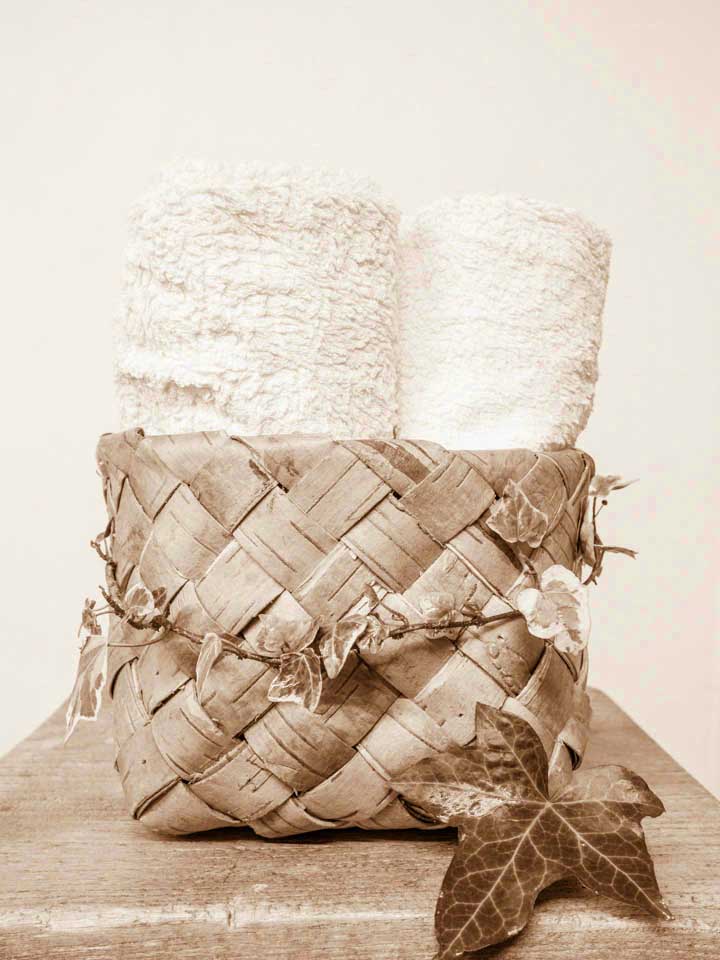
What is Clinical/Orthopaedic Massage?
This type of massage is remedial. Its aim is to re-gain the balance of the soft tissues and normal range of joint movement.Tissues which don’t function in a balanced manner can cause pain. You don’t have to be a sportsperson, everyone benefits from moving with ease.
In the first session I will ask you about your medical history and lifestyle. The session then has three parts:
Assessment
I will assess your range of movement, note visible imbalances and use the necessary manual tests to detect any injuries you might have.
Treatment
The initial assessment informs your treatment plan. This is always different from person to person and even from session to session.
The treatment is painless, although you might feel some mild discomfort. The work respects your body and its neural signals. Inflicting pain makes your body guard its tissues and not let tension go. I constantly encourage you to tell me if there is pain surfacing during the treatment, point out where you feel the pain and describe it. I then modify your treatment accordingly to get rid of that pain.
The treatment includes passive and active myofascial release, massage, stretching and other forms of soft tissue release.
Exercises
In the last part of your session I will teach you remedial exercises. They are as an important part of the therapy as my hands-on work. I cannot fix you, neither can anyone else. What I can do is to bring your soft tissues into balance so they and your joints can move freely. After that it is you who is doing the “fixing” with the remedial exercises. At the end of each session you will get 2-4 exercises to do at home. The work done in the session will be lost within 24-72 hours unless you do your exercises.
When we want to change the way our body works, some neuro-muscular re-education is required and the only person capable of doing that is you.
Some of the conditions that can be helped by clinical massage:
- Lower back pain, sciatica
- Sacroiliac joint dysfunction/pain
- Frozen hips
- Bulging discs/disc compression
- Patella-femoral pain
- Patella tendinosis
- Chondromalacia
- IT band friction syndrome
- Fixated posterior fibular head pain
- Abnormal knee rotation
- Medial and lateral collateral ligament sprains
- Medial and lateral meniscus tears
- ACL&PCL sprains
- Plantar faciitis
- Achilles tendon pain
- Rotator cuff injuries
- Shoulder impingement
- Pectoralis minor strain
- Bicipital aponeurosis tendonosis
- Rhomboid pain
- Repetitive strain injuries
- Thoracic outlet syndrome
- Pins and needles/numbness down the arm/hand
- Cervical sprains and strains
- Whiplash
- Atlas/axis (C1/C2) fixation
- Neck mobility issues
- Medial& lateral epicondyle pain (elbow pain either side of the elbow)
- Carpal tunnel syndrome
- Trigger finger, joint arthiritis
- Hammer toes/bunions
- Frozen shoulder
- Hip capsule adhesions
- Trapped nerves/neuralgia
- and many more
Sometimes there is no name for your pain, but if you describe it to me, I can gauge whether I think I could help you. When I am in doubt, I will refer out to a person, who I think would be able to help.
A successful treatment takes into account your whole being and your life situation.


